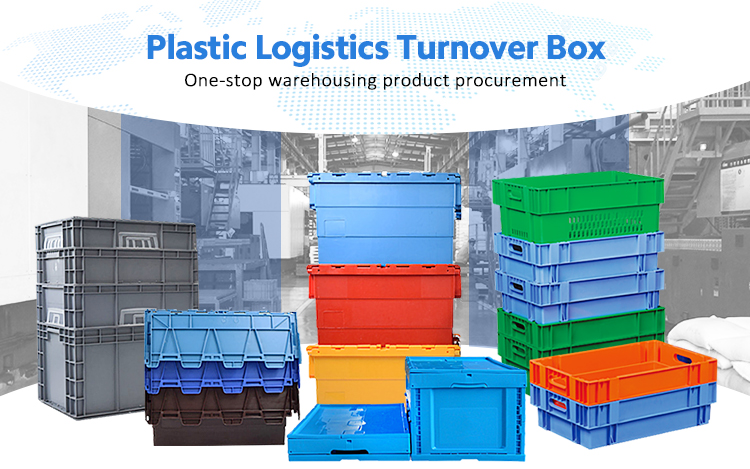When it comes to selecting plastic crates for storage, transportation, or industrial use, many buyers fall into avoidable pitfalls that compromise functionality, durability, and cost-effectiveness. Understanding these common mistakes can help you make informed decisions and get the most out of your investment.
One of the most prevalent errors is ignoring load capacity. It’s easy to assume that all plastic crates are built to handle similar weights, but this couldn’t be further from the truth. Overloading a crate beyond its designed capacity not only risks damaging the contents but also weakens the crate itself, leading to cracks or breakages. To avoid this, always check the manufacturer’s specifications for maximum weight limits. Consider both static loads (when the crate is stationary) and dynamic loads (during transportation), as the latter often requires a higher tolerance.
Another mistake is neglecting environmental factors. Plastic crates perform differently under varying conditions. For example, crates used in cold storage facilities need to resist brittleness from low temperatures, while those exposed to sunlight require UV stabilization to prevent fading and degradation. Many buyers fail to account for these details, resulting in crates that deteriorate quickly. Before purchasing, assess the environment where the crates will be used—temperature, humidity, and exposure to chemicals or sunlight—and choose materials that are rated for those conditions.
A third error is overlooking design features for practical use. Crates with poor ergonomics, such as flimsy handles or uneven stacking mechanisms, can slow down operations and increase the risk of workplace injuries. Additionally, some buyers prioritize cost over functionality, opting for crates with inadequate ventilation for perishable goods or insufficient drainage for wet environments. To steer clear of this, evaluate your specific needs: Do you need stackable crates to save space? Will they be used for food items, requiring food-grade certification? Testing sample crates in real-world scenarios can also reveal design flaws before making a bulk purchase.
Finally, failing to consider long-term durability and maintenance is a costly mistake. Cheaper crates may seem like a budget-friendly choice initially, but they often wear out quickly, requiring frequent replacements. Investing in high-quality, recyclable plastic crates might have a higher upfront cost, but their longer lifespan and easier maintenance—such as resistance to stains or easy cleaning—make them more economical in the long run.
By avoiding these common mistakes—paying attention to load capacity, environmental suitability, design functionality, and long-term durability—you can select plastic crates that meet your needs efficiently and stand the test of time.
Post time: Aug-22-2025





